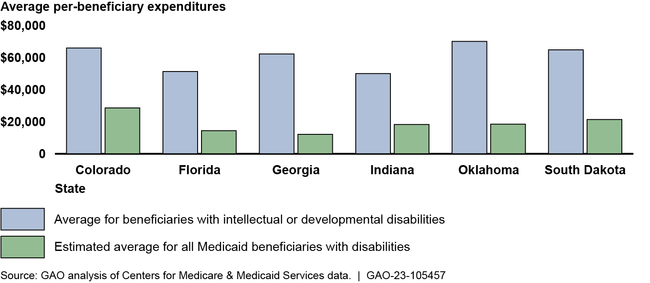In The Politics of Autism, I discuss evaluation, diagnosis, and the uncertainty of prevalence estimates.
Elizabeth O'Nions and colleagues have an article in Lancet Regional Health Europe titled "Autism in England: assessing underdiagnosis in a population-based cohort study of prospectively collected primary care data."
Summary
Background
Autism has long been viewed as a paediatric condition, meaning that many autistic adults missed out on a diagnosis as children when autism was little known. We estimated numbers of diagnosed and undiagnosed autistic people in England, and examined how diagnostic rates differed by socio-demographic factors.
Methods
This population-based cohort study of prospectively collected primary care data from IQVIA Medical Research Data (IMRD) compared the prevalence of diagnosed autism to community prevalence to estimate underdiagnosis. 602,433 individuals registered at an English primary care practice in 2018 and 5,586,100 individuals registered between 2000 and 2018 were included.
Findings
Rates of diagnosed autism in children/young people were much higher than in adults/older adults. As of 2018, 2.94% of 10- to 14-year-olds had a diagnosis (1 in 34), vs. 0.02% aged 70+ (1 in 6000). Exploratory projections based on these data suggest that, as of 2018, 463,500 people (0.82% of the English population) may have been diagnosed autistic, and between 435,700 and 1,197,300 may be autistic and undiagnosed (59–72% of autistic people, 0.77%–2.12% of the English population). Age-related inequalities were also evident in new diagnoses (incidence): c.1 in 250 5- to 9-year-olds had a newly-recorded autism diagnosis in 2018, vs. c.1 in 4000 20- to 49-year-olds, and c.1 in 18,000 people aged 50+.
Interpretation
Substantial age-related differences in the proportions of people diagnosed suggest an urgent need to improve access to adult autism diagnostic services.
Evidence before this study
We searched PubMed from database inception to October 17th, 2022 using the search terms: (1) ‘autism’, and (2) ‘incidence’ or ‘prevalence’ or ‘underdiagnosis’ or ‘under-diagnosis’, without language restrictions. This identified articles describing the global incidence and prevalence of autism. Some studies identified rates of diagnosed autism, and others used active sampling approaches (community case-finding) to identify the numbers of autistic individuals both diagnosed and undiagnosed in a population. The vast majority of studies focused on rates of autism in children. There was a high degree of variability in estimated autism prevalence by year, by region, and by method of case ascertainment. Most studies investigating time-trends reported increasing rates of diagnosed autism over the past 20 years. No studies estimated the extent to which autism was underdiagnosed at a national level or inequalities in diagnosis by comparing diagnosed autism prevalence for a nationally-representative population of children and adults with estimates of true autism prevalence.
Added value of this study
This study is the first to estimate underdiagnosis of autism using data from English primary care for more than 5 million individuals, a critical question given the key role of diagnosis in providing health and social services to autistic people. We are the first to provide upper and lower bound projected estimates of autism underdiagnosis in England, and to establish how these vary according to key demographic and clinical indices. Applying estimates of true prevalence derived from community case-finding studies and the highest rate of diagnosed autism in any age-band in this dataset, we found evidence suggesting high levels of underdiagnosis, particularly in older age groups. We estimate that between 150,000 and 500,000 people aged 20–49 years, and between 250,000 and 600,000 people aged 50+ in England may be autistic but undiagnosed.
Implications of all the available evidence
Community case-finding studies indicate that the true prevalence of autism has been stable over the last 70–80 years. Therefore, these findings highlight continuing inequalities in access to autism diagnostic assessments for adults in England, and suggest that policy initiatives designed to address underdiagnosis in adults have not yet been effective.
